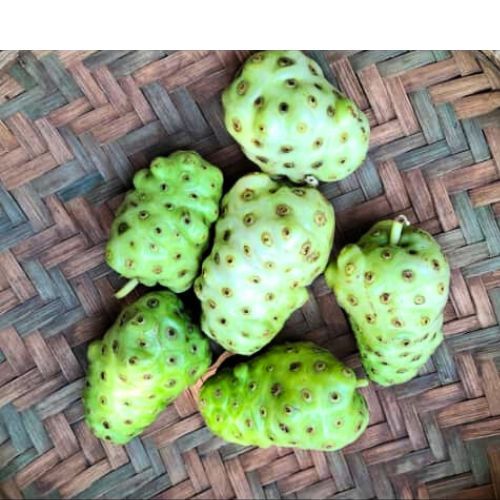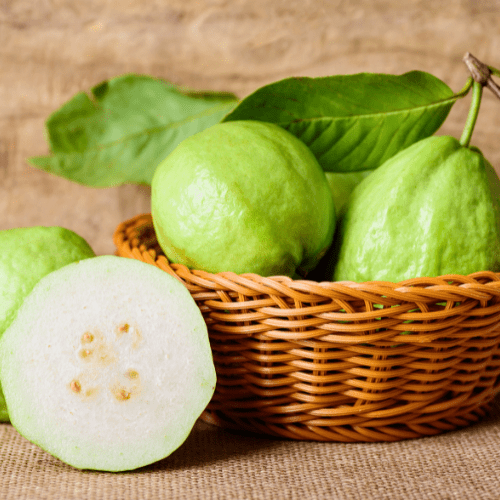Position
Noni trees thrive in tropical and subtropical climates with temperatures consistently above 10°C.
Plant noni trees in an area with total sun exposure for optimal growth and fruit production. Space the trees about 3 to 4.5 meters apart to allow for proper airflow and room for growth.
Soil
Noni trees can tolerate many soil types but prefer well-drained soils with good fertility.
Water
Noni trees are moderately drought-tolerant once established but benefit from regular watering, especially during dry periods.
Fertilising
Apply our slow-release all-plant fertiliser. Apply 1 teaspoon every 4-5 months. The roots will absorb what they need.
Alternatively, apply a balanced fertiliser (such as 10-10-10) in early spring before new growth begins. Thereafter fertilise annually in early spring.
Mulch
Use from 2 to 5 centimetres of pine bark mulch to protect the roots from UV damage and drying out. It retains moisture, and maintains an optimal pH. Do not let the mulch touch the plant stem, as it may cause infection or rot.
Pruning
Prune Noni trees to remove dead or diseased branches, improve airflow, and shape the tree as needed. Regular pruning helps maintain a manageable size and encourages new growth and fruiting.
Pests and Diseases
Noni trees are relatively pest-resistant but may occasionally be affected by scale insects, mealybugs, or aphids. Agricultural Neem Oil or Effective Microorganisms (EM Control ) will assist in either prevention or after the fact. If you already have aphids or mites, wash the vine down with a harsh hosing, and when dry, spray with Neem oil or EM Control. Peach trees need regular spraying before the onset of fruit and immediately after buds turn to small fruit.
Proper cultural practices like good sanitation and spacing can help prevent diseases like leaf spot or root rot.
Harvesting
Noni fruit takes 9 to 10 months to mature from flowering. Harvest when the fruit turns yellowish-white and develops a strong odor, indicating ripeness.
Handle harvested fruit with care, as they bruise easily.









